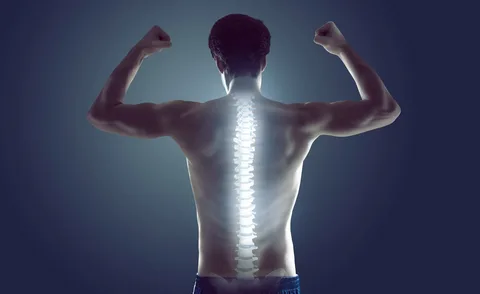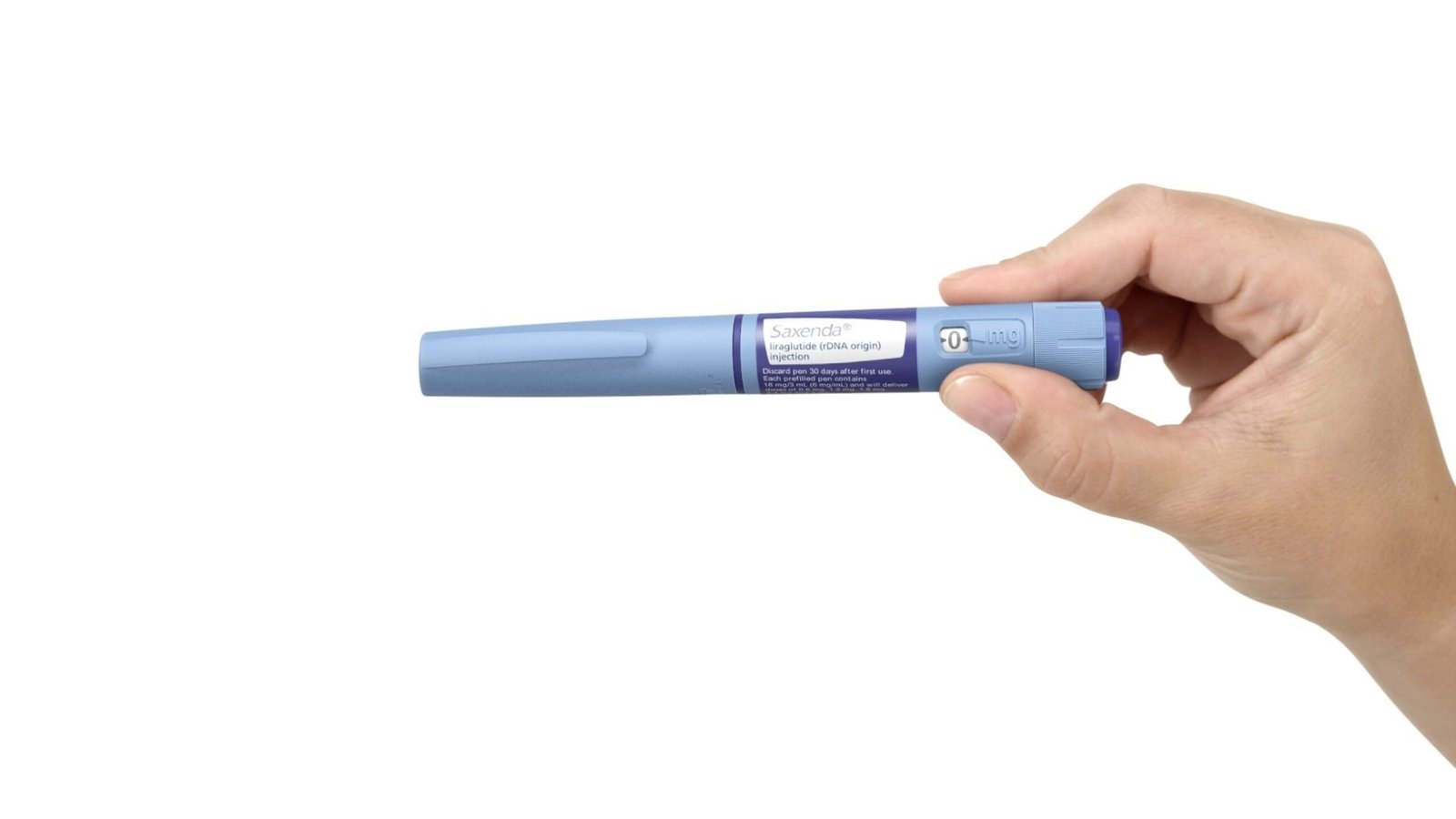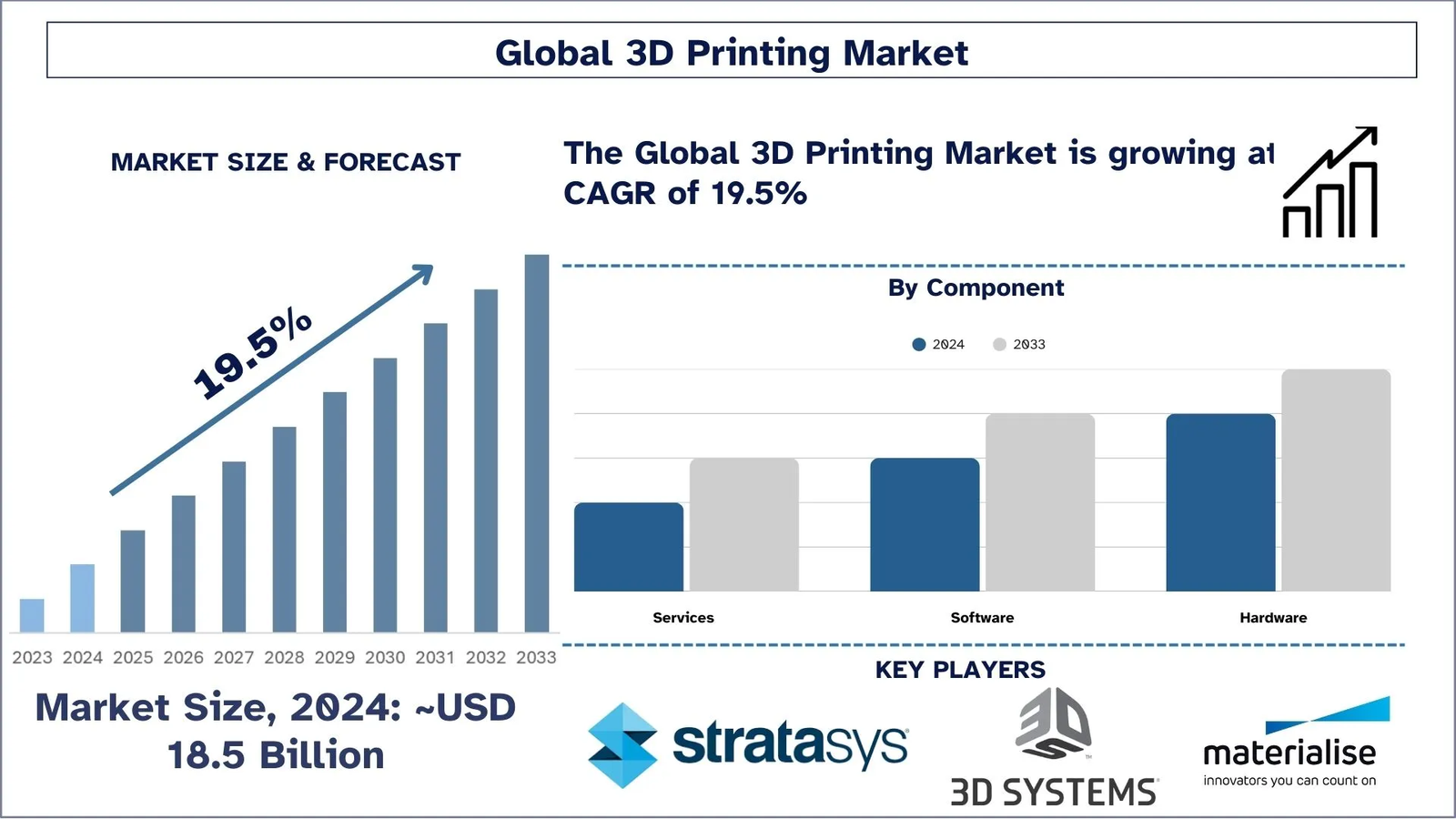Advanced Spine Surgery: Restoring Mobility & Comfort
Back pain is one of the most common medical challenges faced by millions worldwide, often disrupting daily routines and overall quality of life. For those with severe or chronic spinal conditions, traditional treatments like medication, physical therapy, or injections may not always provide enough relief. That’s where advanced spine surgery options come into play. These innovative procedures, performed by the best spine doctors, offer hope and life-changing outcomes for patients struggling with debilitating pain.
Understanding the Need for Advanced Spine Surgery
The spine is a complex structure that supports your body and enables movement. Conditions such as herniated discs, spinal stenosis, scoliosis, and degenerative disc disease can cause severe pain, nerve damage, or loss of mobility. While conservative treatments may help in mild cases, advanced surgical techniques become necessary when non-surgical methods fail.
Modern advancements in spine surgery focus on minimizing risks, reducing recovery time, and improving long-term results. This is a significant shift from older methods that often required long hospital stays and painful rehabilitation.
Minimally Invasive Spine Surgery
One of the most popular advanced spine surgery options is minimally invasive spine surgery (MISS). Unlike traditional open surgery, MISS involves smaller incisions, less muscle disruption, and faster recovery. Surgeons use specialized instruments and imaging technology to perform procedures with precision.
Benefits of MISS include:
- Reduced post-operative pain
- Lower risk of infection
- Shorter hospital stays
- Quicker return to normal activities
Patients who undergo MISS often find themselves back on their feet within weeks, instead of months.
Robotic-Assisted Spine Surgery
Technology is reshaping healthcare, and robotic-assisted surgery is an excellent example. With robotic systems, the best spine doctors can achieve unmatched accuracy during complex procedures. Robots guide instruments with millimeter precision, minimizing human error and ensuring implants are placed correctly.
Robotic-assisted surgery is especially beneficial for spinal fusion and correction of deformities. The result is greater safety, reduced complications, and improved surgical outcomes.
Laser Spine Surgery
Laser technology has also made its way into the operating room. Laser spine surgery uses focused beams of light to remove damaged tissues or shrink disc material pressing on nerves. While it may not be suitable for all patients, it is a less invasive option compared to traditional methods.
Advantages include:
- Outpatient procedure options
- Minimal scarring
- Reduced blood loss
- Faster rehabilitation
Patients with conditions like herniated discs or spinal stenosis often benefit from laser treatments.
Artificial Disc Replacement
For decades, spinal fusion was the standard procedure for treating degenerative disc disease. However, it limited spinal flexibility and increased stress on surrounding discs. Today, advanced spine surgery options like artificial disc replacement (ADR) provide a more natural solution.
An artificial disc mimics the function of a healthy disc, maintaining spinal motion while relieving pain. Many patients experience faster recovery and improved mobility compared to traditional fusion surgeries.
Endoscopic Spine Surgery
Endoscopic techniques represent another leap forward in spinal care. This procedure uses a tiny camera inserted through a small incision, allowing surgeons to view and operate with precision. Endoscopic spine surgery is particularly effective for treating herniated discs and nerve compression.
Why patients prefer endoscopic surgery:
- Local anesthesia in some cases
- Minimal downtime
- Less post-surgical discomfort
- High success rates
Personalized Care from the Best Spine Doctors
While technology plays a crucial role, choosing the best spine doctors is equally important. Experienced specialists can evaluate your unique condition and determine the most suitable surgical option. A good doctor not only focuses on the procedure but also provides personalized care, guiding you through recovery with physical therapy, rehabilitation, and lifestyle recommendations.
Recovery and Life After Surgery
Recovery varies depending on the type of procedure, but advanced techniques ensure quicker healing times than traditional surgeries. Many patients report a dramatic improvement in pain relief, mobility, and overall quality of life. Post-surgical care often includes:
- Physical therapy to strengthen muscles
- Lifestyle adjustments to protect the spine
- Regular follow-ups with your surgeon
With proper guidance, patients can return to work, hobbies, and daily routines without being held back by chronic back pain.
Final Thoughts
Living with constant back pain can feel overwhelming, but medical innovations are transforming the way patients find relief. From minimally invasive methods to robotic-assisted precision and artificial disc replacements, advanced spine surgery options are giving people their lives back. Tech for all.
Partnering with the best spine doctors ensures that you receive expert advice, cutting-edge treatment, and compassionate care. If you’ve tried conservative treatments without success, consulting a spine specialist could be the first step toward a pain-free future.\
While technology plays a crucial role, choosing the best spine doctors is equally important. Experienced specialists can evaluate your unique condition and determine the most suitable surgical option. A good doctor not only focuses on the procedure but also provides personalized care, guiding you through recovery with physical therapy, rehabilitation, and lifestyle recommendations.
















Leave a Reply